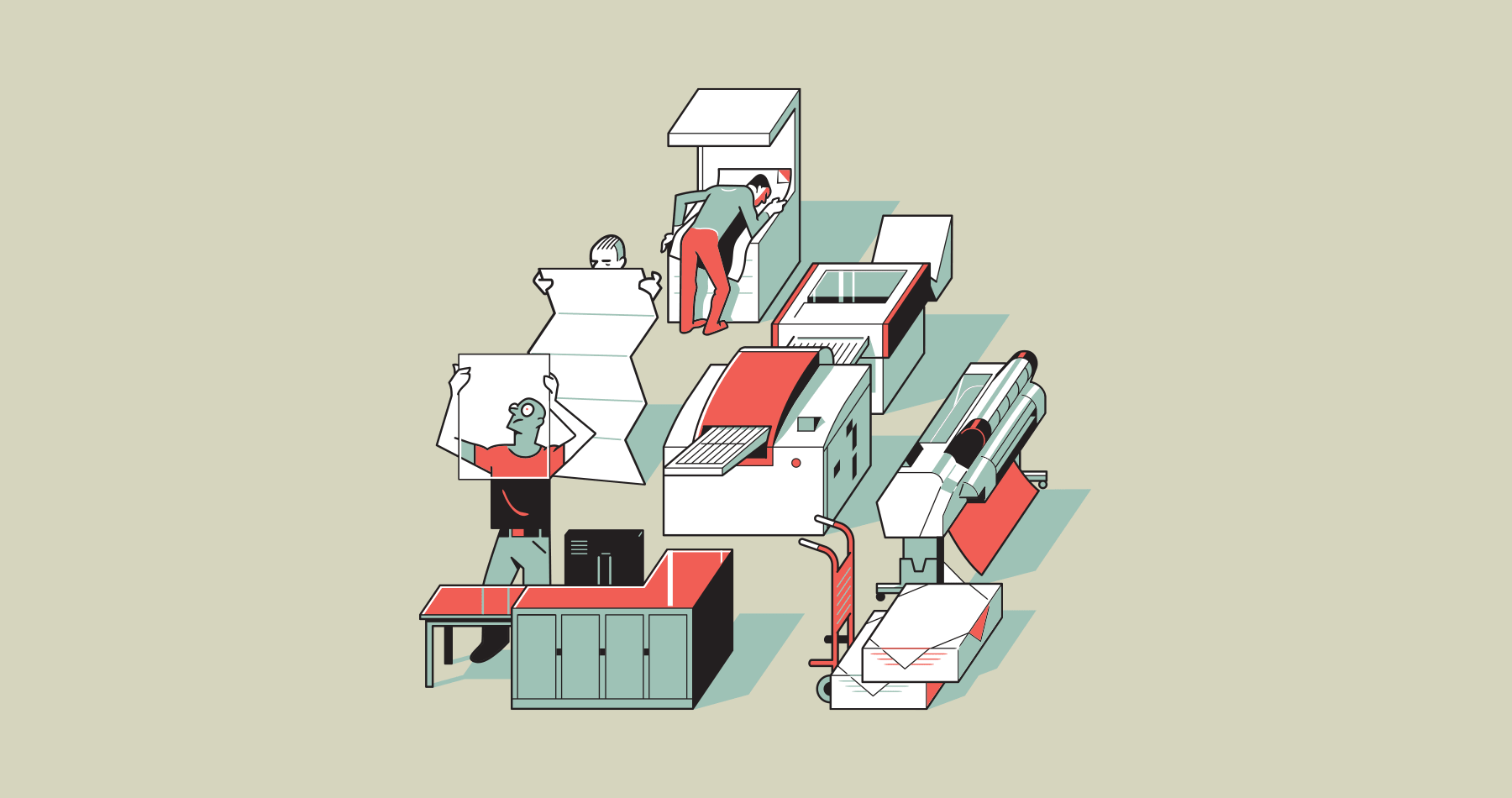Advice for weary professionals
By Michael J. Pallerino
In his book, “The Road Less Traveled,” M. Scott Peck wrote: “Life is difficult. This is a great truth, one of the greatest truths. It is a great truth because once we truly see this truth, we transcend it. Once we truly know that life is difficult—once we truly understand and accept it—then life is no longer difficult. Because once it is accepted, the fact that life is difficult no longer matters.”
Greg Coticchia could not agree more. In a time when a global pandemic continues to cut an unfortunate path through every aspect of our lives, he believes the best course of action is to accept the reality and push forward. The award-winning technology executive with more than 30 years of experience in high-tech products and services says that adjusting your mindset and focusing on what lies ahead is your best path forward.
“Can you tell I am an optimist?” asks Coticchia, who currently serves the founding Executive Director for Carnegie Mellon University’s Master’s Product Management (MSPM) program.
If there is one thing that Coticchia has noticed more than anything is the huge divide the pandemic has created between the winners and losers. On one side, there have been layoffs, furloughs, pay cuts, suspended travel policies and budget freezes. On the other, there has been record growth, acquisitions and more companies going public.
“It’s an enormous divide and a very different experience for everyone,” Coticchia says. “And it is all happening at an exhilaratingly fast pace, combined with all of this uncertainty. It’s a pace and associated risk the likes we have never seen.”
The real question is, “What the hell do we do now?”
From a pure branding perspective, the key to surviving and even thriving in a time like this is to remain relevant or become even more relevant. But there must be a balance. Moving too far away from your core to capitalize on the new environment can appear opportunistic, so it is important the move be carefully considered.
From a pure branding perspective, the key to surviving and even thriving in a time like this is to remain relevant or become even more relevant.
This is precisely the mindset that Mark Speece asks his clients to step into—pandemic or no pandemic. The founder of branding firm StokeSignals says for some organizations jumping into that mindset will be a step, not a leap. If your product and/or service already is in line with the elevated or shifting demand, all you have to do is adjust your message or create a new product or service that highlights your relevance. Other organizations may need to fundamentally shift what or how they are selling or serving their market.
This, Speece says, is where the ice can get a little thin. “To make that transition and remain authentic, you must go back to the origins of your brand—the original inspiring idea of why you became a company or a product. What is at the core of your brand offering that is relevant today?”
This goes beyond product attributes and the quantifiable aspects of your brand and gets down to your vision and reason for being. A deep dive uncovers that intangible, often emotional, set of factors that were the impetus of your company and its offerings. Sometimes, brands discover they are poised to alter their behaviors in ways they might not expect, at least at first.
“When a move is motivated more by brand values than by brand capabilities, it looks less like Haynes making cotton masks and more like fancy upscale restaurants pivoting to offer reasonably priced family-style comfort foods or deliver food to healthcare workers,” Speece says. “One is repurposing of a brand capability; the other is the capability to find new ways to deliver on the brand purpose. Both are relevant. Both are genuine. And both are needed.”
Stop. Look. Listen. Learn.
In his book, “The Lean Startup,” Eric Ries pioneered the idea of Build-Measure-Learn. The learning and feedback loop helps companies establish the barometer for how effective a product, service or idea is.
The basic methodology is one that Coticchia says any company can and should adopt in today’s perilous times. The lean startup is based on the scientific method: Get a hypothesis and test it, learn from the experiment, adjust and redo the experiment, i.e., build-measure-learn.
“There are opportunities out there,” Coticchia says, “but you need to look and listen. And more importantly, you must change. If you want things to be the same as they were, you’re toast—even if you are succeeding right now. That won’t last either. All your assumptions about what works and what doesn’t need to be looked at and asked about again. Don’t assume anything.”
Given the pace of the change, Coticchia says you needed to start this process yesterday. The opportunities to apply what you do and the value you have to the world are in front of you if you listen to your customers’ problems and new situations they face. “That means listening for problems and figuring out how you add differentiated value to solve them.”
If you are looking for a cheat sheet, go back to the basics. Coticchia says the today’s business landscape has impacted everyone, creating a new set of problems that your business may be the only that can solve. He recommends doing some basic customer discovery like you did when you started your business from scratch. Speaking with your customers is an extremely powerful, informative tool to validate assumptions on customer segments and their problems. Customer discovery interviews also will equip you with insights to define a unique value proposition for a solution for which there is an actual market need. And adjust your business accordingly.
“Everyone’s world is upside down and changing rapidly,” Coticchia says.” Everything you think you knew, you don’t anymore. The assumptions you based your business on have changed. You need to reevaluate where you add value.”
“Everything you think you knew, you don’t anymore. The assumptions you based your business on have changed. You need to reevaluate where you add value.”
— Greg Coticchia, CMU’s Master’s Product Management (MSPM) program
That last part circles back to what Speece says is critical—understanding your brand. “A strong brand is poised to pivot. It knows what it is; what it stands for and where its strengths lie. Even in uncertain times, when it is impossible to predict what the next year or even the next month will hold, your brand should know what to do and how to respond. Your brand is its own compass.”
Follow that compass, and you may find where the road leads.
5 ways your business can start planning for 2021
- Assume nothing — All your assumptions need to be retested. Do not pull out your 2019 or 2020 spreadsheet. They are worthless.
- Scenario planning — Do at least three scenarios with a Plan A , Plan B and Plan C. Be ready to enact any of them and/or portions of them.
- Conserve cash — Cash is king whether you are succeeding or struggling during periods of rapid change.
- Squirrel patrol — This may sound cruel, but it is a reality. Find all the nuts and let them go. If you do not need all those people on your team, it is time to move on.
- Customer, customer, customer — Retain them. Talk to them. Listen carefully, they are the lifeline to your future.
Source: Greg Coticchia, Carnegie Mellon University’s Master’s Product Management (MSPM) program
Other recent articles

The Vanishing

Weighing In

We’re OK

The Guide

By The Numbers

